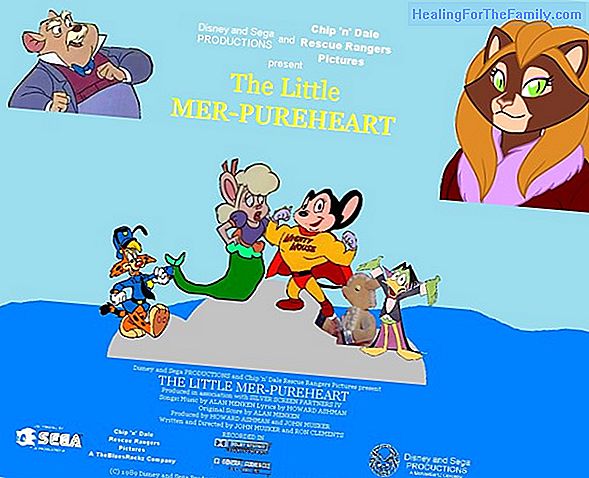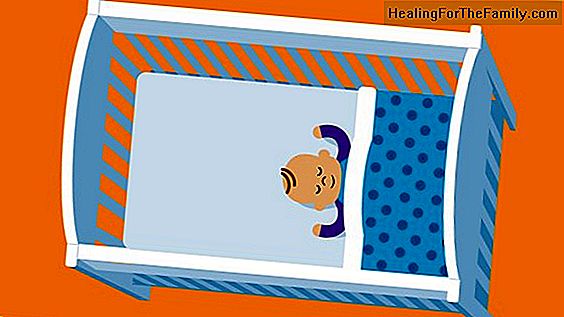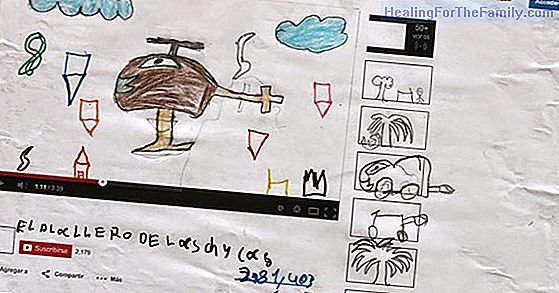In which cases an episiotomy is performed
Episiotomy is the most performed surgical intervention in childbirth . It is a practice that has become widespread, when it should only be done on very specific occasions. Episiotomy is an incision that is made at the time of the expulsive phase of labor in the area of the perineum to widen the va
Episiotomy is the most performed surgical intervention in childbirth. It is a practice that has become widespread, when it should only be done on very specific occasions. Episiotomy is an incision that is made at the time of the expulsive phase of labor in the area of the perineum to widen the vagina. The World Health Organization recommends that this practice be carried out only when necessary. But in what cases do you mean? The midwife Rita Salvador, answers us.
What is an episiotomy? The objective of the episiotomy is

to facilitate the passage of the baby through the vagina. But what exactly is episiotomy? Matron Rita Salvador answers this question: 'An episiotomy is a surgical incision made in the part of the perineum. The area of the perineum is the part that goes from the vagina to the anus. It is a part of the body of the woman that more or less has a length of about 4 or 5 centimeters. An episiotomy is basically done to help the baby come out at the time of the expulsive. '
However, episiotomy should not always be performed. Above all, because it is a surgical intervention that will lead to problems for women.
When should an episiotomy be performed
So, when should an episiotomy be done? Matron Rita Salvador, recognizes that this type of intervention may be performed on more occasions than would be necessary. These are
the assumptions in which an episiotomy would be indicated :'This is very variable. The tendency and what the World Health Organization recommends and many professionals, are that they should not be done routinely. Each woman is different, each birth is different, and will be necessary at very specific moments. Normally it is in cases in which the person who is attending the delivery, the midwife or the gynecologist, sees that
the exit of the baby will produce a tear much more harmful than it would be an episiotomy, or in case in which the baby tell us signs of fetal distress and let's see that we can not give the perineum time to disclose and leave without needing an episiotomy ' Episiotomy carries with it stitches that the woman will have to care for and impiate daily. Otherwise, it can cause complications, such as infection of the points, greater pain in the perineum area, problems with the scar and subsequent pains in sexual relations.
Video about when an episiotomy should be performed












